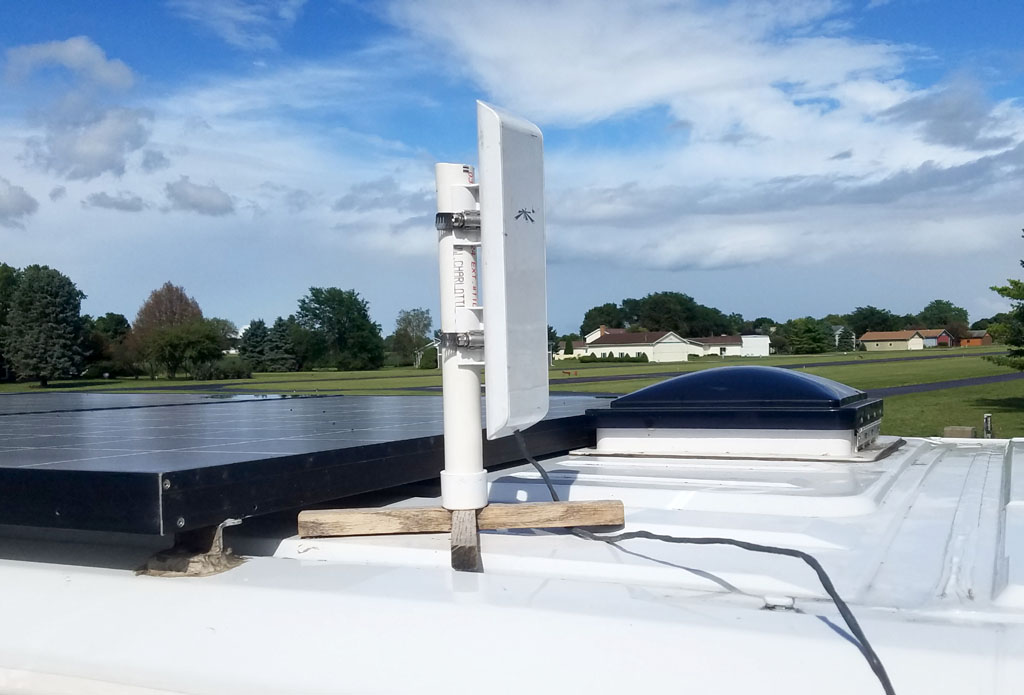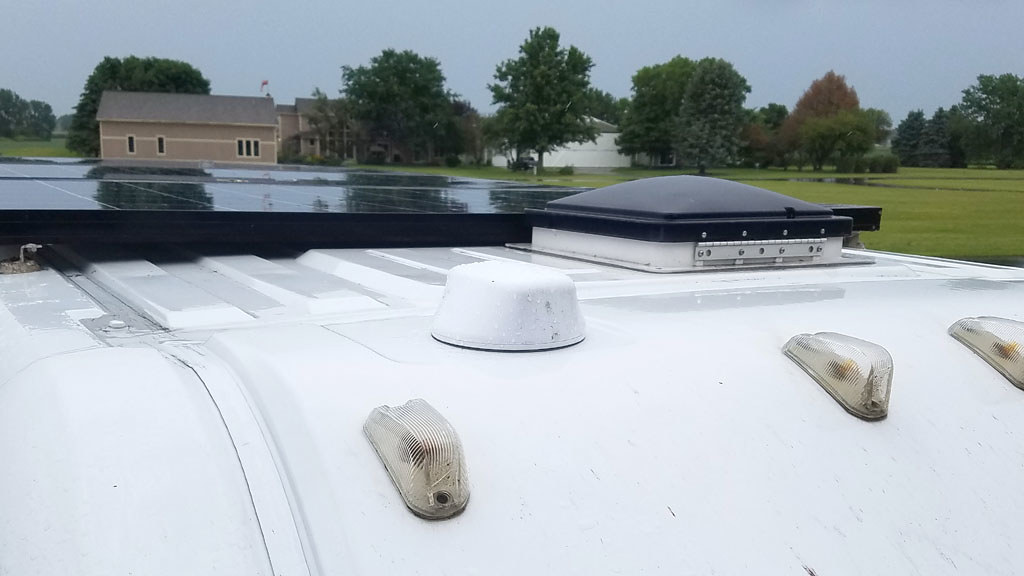There have been several threads on this forum concerning internet connectivity while traveling and, specifically, how to best use cellular data (and hot spots) to secure that connectivity. This post relates to our system and includes some comments on the recent addition of a Pepwave MAX BR2 Mark II ‘cellular router’.
We have three phones on a Verizon so-called “unlimited” plan. (We had true grandfathered unlimited plans, but Verizon has ‘techniques’ for persuading ‘old grandfathers’ to abandon their plans). We have mostly unlimited data so long as we’re using the phone, itself.
But we don’t use too much direct cellular data, instead our cell phones have always served as hot spot portals to the internet. Under this plan, each of our phones is allotted 15 gigs/month of data (before rather drastic speed reductions intervene). Thus we have a total of 45gigs/month of hot spot data. All we have to do is ‘rotate phones’ throughout the month to spread our usage over the available data.
Our system also includes a Ubiquiti M2 Rocket modem/antenna which we can deploy on the a roof stand when parked.

This modem/antenna ‘was’ connected to the WAN port of a conventional home router and served as our access to the internet when WiFi was available (and working - - another topic). Its roof location, higher gain antenna, and higher power (than many tablets/laptop modems), makes the Ubiquiti a great way to ‘suck-in’ WiFi signals. We mention the Ubiquiti not merely as an alternative ‘route’ to the internet while traveling, but the Ubiquiti, prior to the Pepwave, served as the link to our cell phone hot spots. In short, the Ubiquiti is ‘tuned’ either to some external WiFi access point, or to one of our three cell phones acting as hot spots.
While this system has worked well, it has an obvious limitation - - it relies on a cellphone, inside the campervan, to access the cellular network. We wanted a better and external antenna and more power.
As an interim solution we added the ‘trucker’ WeBoost with the outside antenna pivotally mounted to the rear roof of the campervan and the inside antenna on the ceiling, forward, above the mirror. Like our Ubiquiti antenna, this antenna was ‘stowed’ and only ‘pivoted’ into place when parked.

There have been many comments in this forum about the efficacy of such ‘cellular repeater’ devices. We respond only that there have been ‘not infrequent’ occasions when the WeBoost made the difference between ‘go’ and ‘no go’.
Enter the Pepwave MAX BR1 MK2
We reluctantly chose the more expensive “Mark II” (as opposed to the “Mini”), in part, because it was apparent that the Mini was an older version. The Mini doesn’t support the faster 1gig ethernet standard. The Mini is limited to a single WiFi antenna and does not support 5gig WiFi connectivity. And, curiously, one has to pay an additional $100 license fee in order to configure the modem/router for dual WAN connections. As we intended on maintaining the Ubiquiti WiFi as an alternative to the cellular capability of any new cellular router, we would have had to pay that $100 fee. (Interestingly, both the 2 and 5 gig WiFi systems of the Mark II can be operated simultaneously as WiFi ‘access points’ and ‘client modules’ to allow access to outside WiFi systems [as an alternative to the Ubiquiti]. We have experimented with configuring the Mark II with 4 prioritized WAN ports: 1) Ubiquiti WiFi, 2) Cellular, 3) Mark II 2g WiFi; and, 4) Mark II 5g WiFi.) The attached photo shows the Mark II “dashboard” set-up for 4 WAN connections.

It’s a slick arrangement that automatically selects, according to the chosen priorities, available internet connections. It does not, at least initially, appear to allow multiple active WAN connections to be simultaneously activated to ‘share’ internet loads.
The Mark II includes two SIMM card slots so it would be possible to include SIMMs for two independent cellular providers - - and to automatically switch between them, per priority, as available. Currently we’ve added only a Verizon card which, we were happy to discover, is treated as ‘just another phone’ with the same 15gig/month hot spot capability and price: $20/month.
This ‘box’ is powered from12vdc but we use it with the supplied 110vac adapter. It includes 5 SMA connectors, 2 for cellular, 2 for WiFi, and 1 for GPS - - yes, as a bonus, you get a built-in GPS receiver.
It comes with all 5 necessary antennas - - the WiFi and cellular directly attaching to the unit similar to most home routers while the GPS antenna is on a cable to permit window/remote positioning. Not surprisingly we (mostly) did not use these supplied antennas; rather, purchased a combo MobileMark LTM402 antenna.

This antenna includes a GPS, a single WiFi and 2 cellular antennas. As one of our objectives was to expand the coverage of our campervan WiFi footprint, we did not consider the single outdoor (roof) WiFi antenna to be a problem. We reasoned that the roof antenna would cover the ‘campsite’ outside the campervan while the attached indoor antenna would guaranty a good signal inside the van. While this ‘compromise’ seems to be satisfactory for the “access point” function, it is clear that this arrangement is not as good as the Ubiquiti in ‘searching out’ external outside hotspots. Independent cellular and WiFi roof antennas might be a better choice for those intending on using the Mark II as their access to campground or other outside WiFi networks.
The Mark II, like its earlier “Mini” brother, has but a single LAN ethernet port. As our campervan is extensively wired for ethernet, we added a non-managed, 1gig 8 port ethernet ‘switch’.
It is clear that this solution is noticeably better than our ‘dash-positioned’ cell phone in providing access to the internet. We are especially fond of its ‘hands-off, background’ operability where the internet is always there and waiting as we wander. (We have a ‘mounted’ Surface Pro tablet that is always active while traveling - - so we really appreciate the new ease by which we can keep this computer ‘connected’ while driving).

We'll add more as we discover the Mark II's pluses and minuses.